Freelance Life On Becoming An Interior Stylist
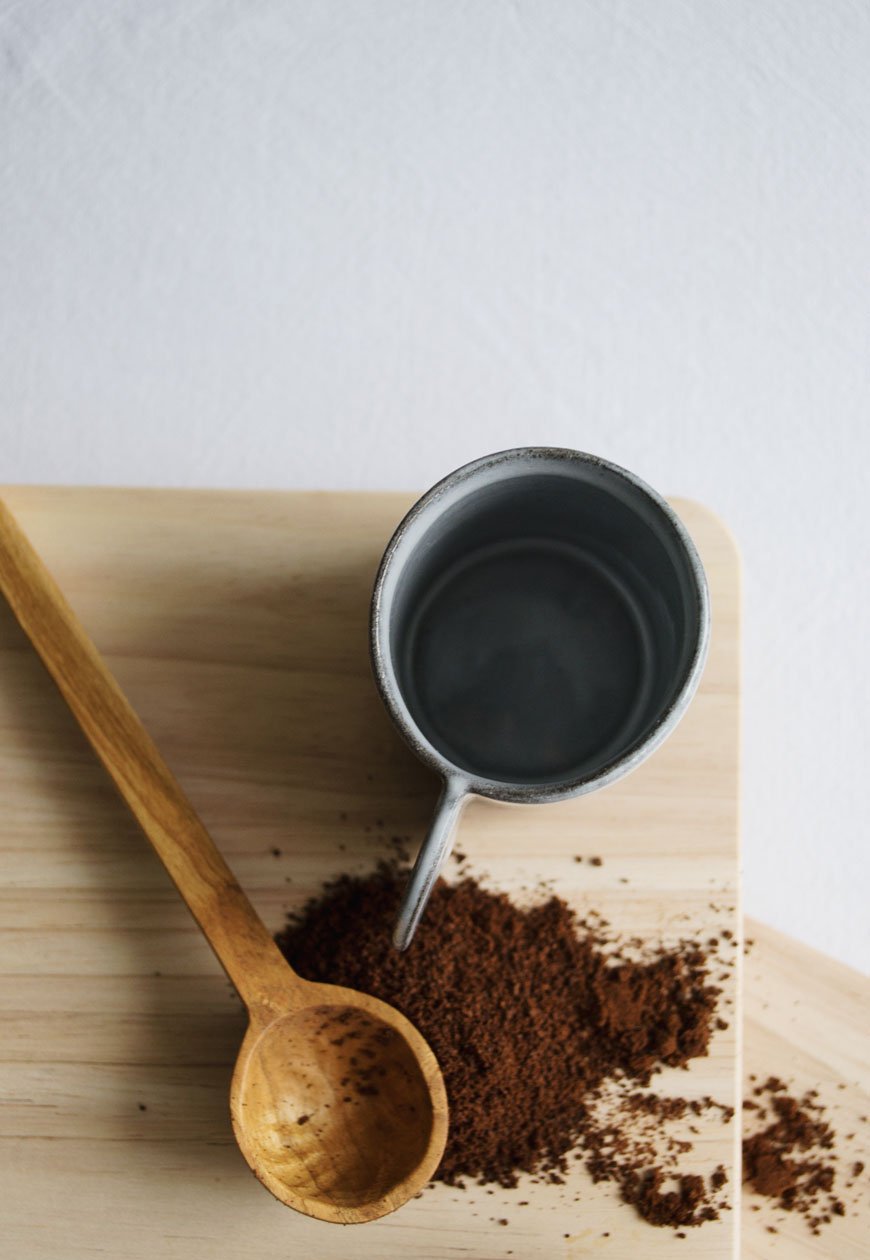 I get emails all the time from aspiring stylists and those already working in the industry but looking to get more established, asking if they can assist me and, more importantly, how I got started myself. It can be daunting when you start out, but if you've ever thought about becoming an interior stylist and wondered what it takes, my advice and experiences will go some way to getting you on that path.Being a stylist is far from glamorous, it's a lot of hard work and you need a thick skin, but it's incredibly rewarding to have such a creative job and see your work in print.What's your background and how did you get into styling interiors? Aside from a short stint as a cleaner in a primary school (yes, really!) I've always pursued creative work. I trained at Rose Bruford College and graduated with a BA(Hons) in Stage Management, producing theatre. Although a lot of the role was organisational, it involved sourcing and making props, sometimes supporting the costume department depending on budgets and looking after the cast and crew. No show was the same and that's what I loved about it.From there, I moved into events and wedding planning, all transferable skills but with a much more personal approach. So, I ran my wedding business for five years, styling vintage inspired weddings and supporting couples up to a year in advance of their big day. It was the creative side that I relished the most, the visual aspect, creating an immersive experience for the couple and their guests and seeing their reactions. Towards the end it was all starting to get too much, with my 18-month-old son at home I felt that I wasn't giving him my best and bringing home all of the stresses I was shouldering from my clients was affecting our home life. My gut instinct was telling me that visual work was better suited to me, something with shorter timescales, work without so many emotional ties. And that's when I moved into styling interiors.
I get emails all the time from aspiring stylists and those already working in the industry but looking to get more established, asking if they can assist me and, more importantly, how I got started myself. It can be daunting when you start out, but if you've ever thought about becoming an interior stylist and wondered what it takes, my advice and experiences will go some way to getting you on that path.Being a stylist is far from glamorous, it's a lot of hard work and you need a thick skin, but it's incredibly rewarding to have such a creative job and see your work in print.What's your background and how did you get into styling interiors? Aside from a short stint as a cleaner in a primary school (yes, really!) I've always pursued creative work. I trained at Rose Bruford College and graduated with a BA(Hons) in Stage Management, producing theatre. Although a lot of the role was organisational, it involved sourcing and making props, sometimes supporting the costume department depending on budgets and looking after the cast and crew. No show was the same and that's what I loved about it.From there, I moved into events and wedding planning, all transferable skills but with a much more personal approach. So, I ran my wedding business for five years, styling vintage inspired weddings and supporting couples up to a year in advance of their big day. It was the creative side that I relished the most, the visual aspect, creating an immersive experience for the couple and their guests and seeing their reactions. Towards the end it was all starting to get too much, with my 18-month-old son at home I felt that I wasn't giving him my best and bringing home all of the stresses I was shouldering from my clients was affecting our home life. My gut instinct was telling me that visual work was better suited to me, something with shorter timescales, work without so many emotional ties. And that's when I moved into styling interiors.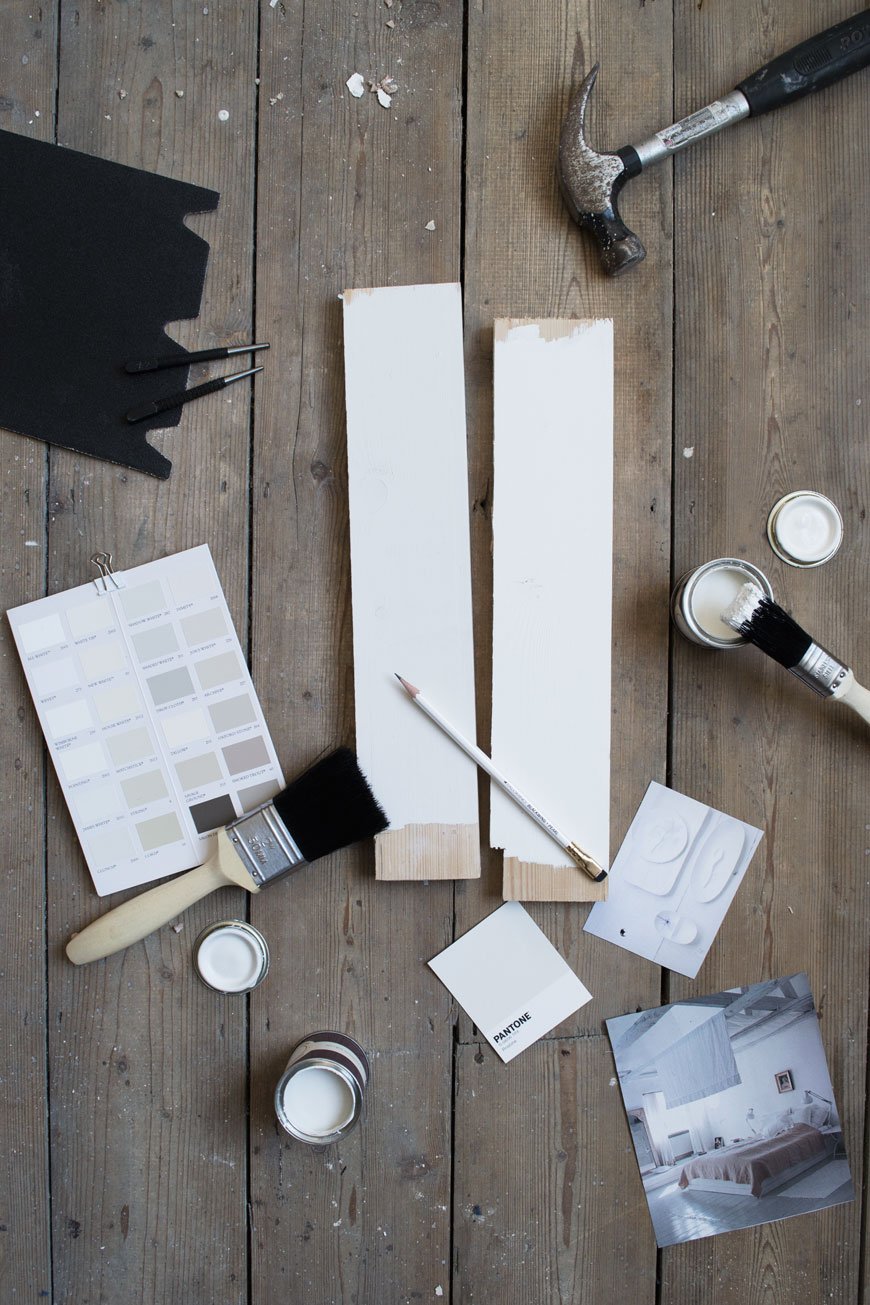 Of course, it wasn't that fast or as simple! My story isn't exactly a conventional one but I'm certainly not the first to make a career change - that in itself is pretty scary when you're on the outside looking in! At the time, stylists were much more in-house at magazines than they are now and I discovered pretty quickly that I had to make my own way in. So, when the opportunities weren't open to me, I made my own door. A cheesy analogy, I know, but I couldn't intern at a magazine with soon to be two small children at home, so immersing myself in that environment took a little more effort. I started practising at home and contacted a few stylists I admired to ask that they add my name to their pool of assistants. After about a year I started assisting on real home features for a couple of well-known magazines, met photographers and writers and things started to open up. At the same time, I took some low-key projects on the side that slowly evolved into bigger commissions...and here I am. I don't consider myself to be exactly where I want to be but hey, it's all about the journey, right?I've been freelancing for ten years now and there's been many a learning curve, but that's a whole other blog post!
Of course, it wasn't that fast or as simple! My story isn't exactly a conventional one but I'm certainly not the first to make a career change - that in itself is pretty scary when you're on the outside looking in! At the time, stylists were much more in-house at magazines than they are now and I discovered pretty quickly that I had to make my own way in. So, when the opportunities weren't open to me, I made my own door. A cheesy analogy, I know, but I couldn't intern at a magazine with soon to be two small children at home, so immersing myself in that environment took a little more effort. I started practising at home and contacted a few stylists I admired to ask that they add my name to their pool of assistants. After about a year I started assisting on real home features for a couple of well-known magazines, met photographers and writers and things started to open up. At the same time, I took some low-key projects on the side that slowly evolved into bigger commissions...and here I am. I don't consider myself to be exactly where I want to be but hey, it's all about the journey, right?I've been freelancing for ten years now and there's been many a learning curve, but that's a whole other blog post!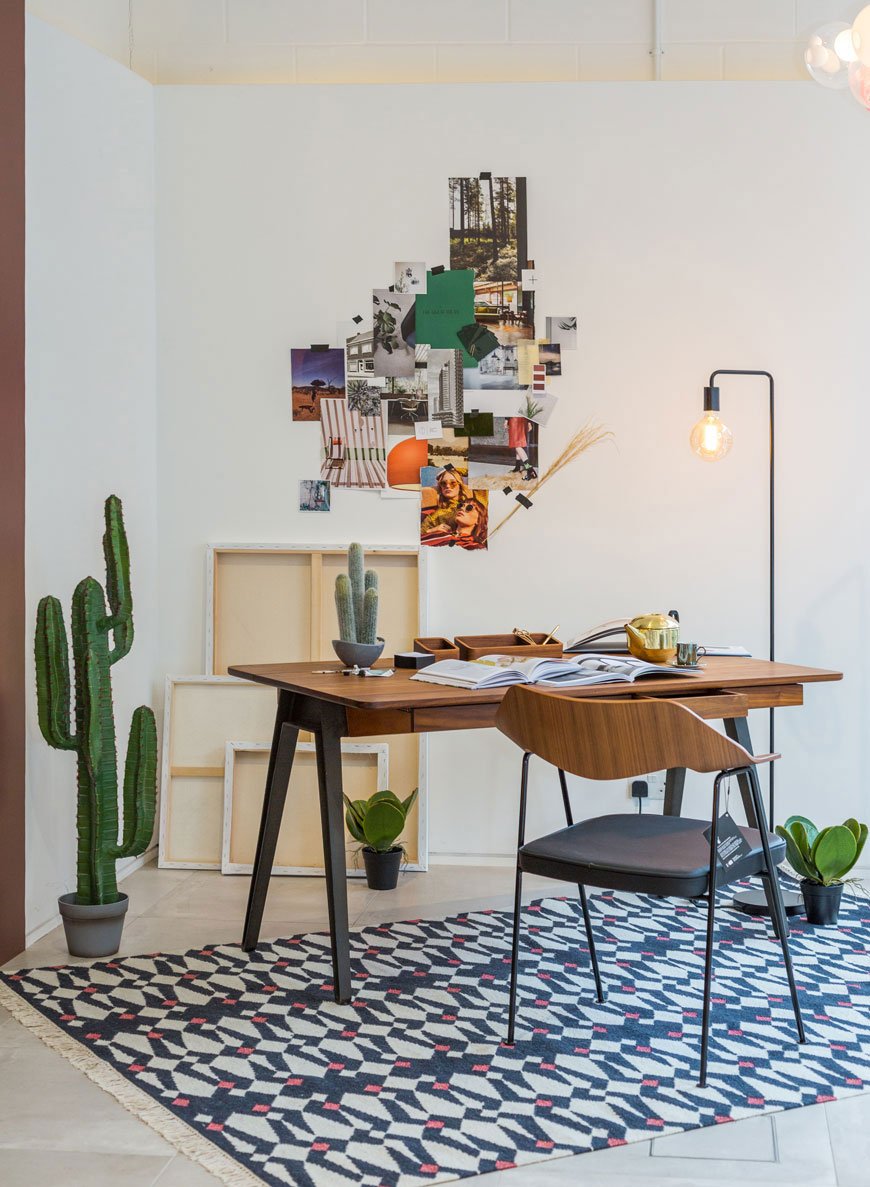 What do you shoot with? Do I need to know my way around photography?Nothing special at all. I bought myself an entry-level DSLR (Nikon D3100) four years ago and taught myself to shoot in manual, how to work with natural light and editing with Photoshop. I'm still using that camera now along with my iPhone out and about, although I'm ready to upgrade my kit - camera technology moves quickly! A tripod is an essential piece of kit too - it'll save you hours in low light and frees up your hands when you need to tweak and adjust objects in the frame.Whilst it's not essential to know everything about photography, it helps to understand the nuts and bolts so when you're on a shoot you can anticipate where and how the photographer will want to shoot. It's also important to understand the rule of thirds when you're setting up a shot and how negative space and layering lay the foundations of an image.What is a test shoot and how can I set up my own?A test shoot is a practice shoot, even the most established stylists work on these. They're a great way to develop your style and experiment with concepts outside of the pressure of commissioned work. You can find space for more creativity at your own pace. Most importantly, you'll build up your portfolio and relationships with photographers and other creatives. I'd recommend finding a photographer's assistant who wants to develop their folio and network - it's a win-win for everyone then. Find an independent maker who would like some shots for their website or promotional material and make that your subject. Or, make it even more simple and shoot a still-life with props from around your home. You don't need to pay out for a studio - clear out a corner at home that receives good, natural light and play around with backdrops.
What do you shoot with? Do I need to know my way around photography?Nothing special at all. I bought myself an entry-level DSLR (Nikon D3100) four years ago and taught myself to shoot in manual, how to work with natural light and editing with Photoshop. I'm still using that camera now along with my iPhone out and about, although I'm ready to upgrade my kit - camera technology moves quickly! A tripod is an essential piece of kit too - it'll save you hours in low light and frees up your hands when you need to tweak and adjust objects in the frame.Whilst it's not essential to know everything about photography, it helps to understand the nuts and bolts so when you're on a shoot you can anticipate where and how the photographer will want to shoot. It's also important to understand the rule of thirds when you're setting up a shot and how negative space and layering lay the foundations of an image.What is a test shoot and how can I set up my own?A test shoot is a practice shoot, even the most established stylists work on these. They're a great way to develop your style and experiment with concepts outside of the pressure of commissioned work. You can find space for more creativity at your own pace. Most importantly, you'll build up your portfolio and relationships with photographers and other creatives. I'd recommend finding a photographer's assistant who wants to develop their folio and network - it's a win-win for everyone then. Find an independent maker who would like some shots for their website or promotional material and make that your subject. Or, make it even more simple and shoot a still-life with props from around your home. You don't need to pay out for a studio - clear out a corner at home that receives good, natural light and play around with backdrops.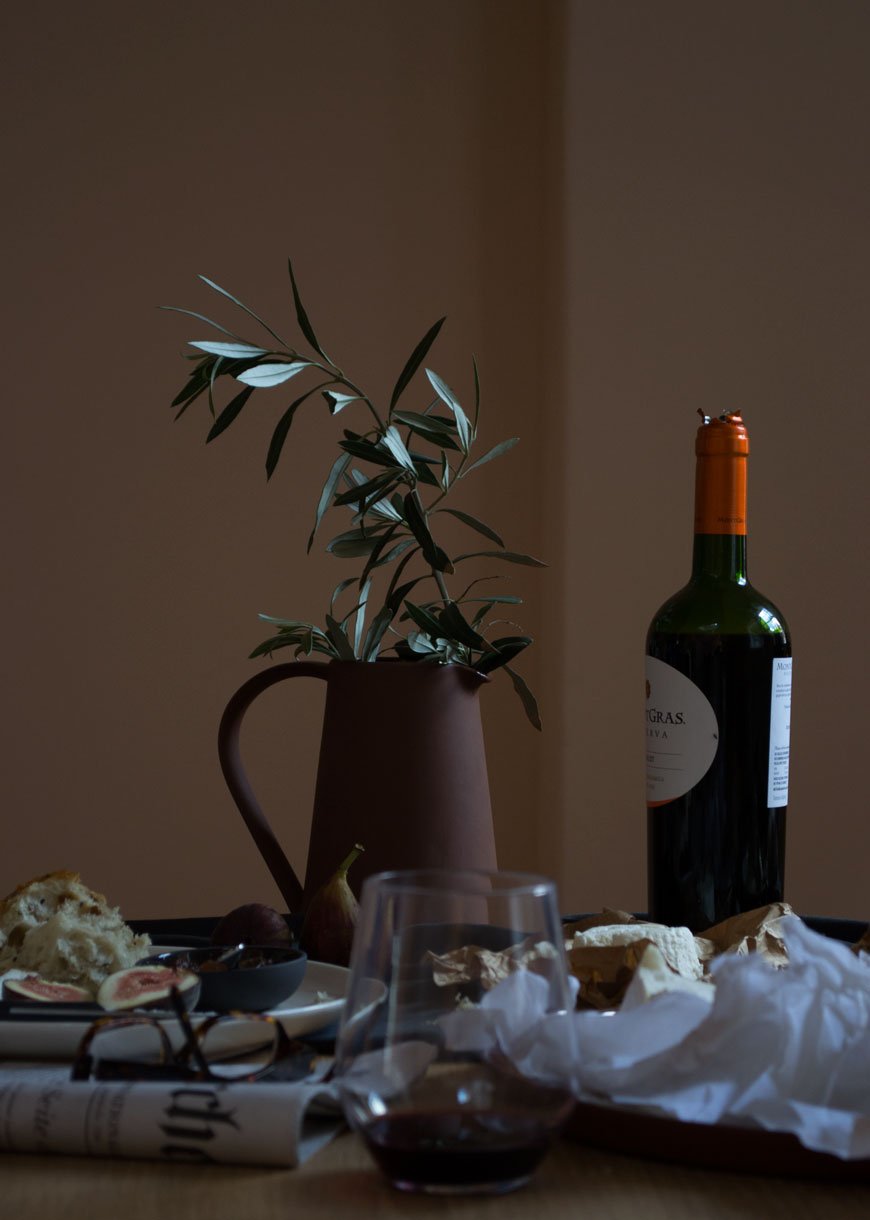 How did you develop your style? Where do I start?I think as with any creative journey it's something that evolves with time. Part of it came from working on a variety of shoots and home features, finding what I liked, what I didn't.I'm definitely drawn to minimalist, clean lines, shot head-on or from above for a graphic look (as you'll know if you're a regular here) and I like to use a lot of negative space in my work. Although I love the very masculine style, for some reason my work always comes out a little softer. Maybe that'll change over time?When you begin and don't have a strong identity to your style, it helps to draw inspiration from someone you admire, without copying of course. Be a little technical and analyse what it is about their work that you connect with - is it the composition, the colour palette, an on-going signature style? Pinterest and Instagram are brilliant for inspiration at your fingertips, as well as keeping your eyes open when you're out and about. Oh and magazines - of course.What kind of styling do you prefer e.g editorial, events, commercial?I've done my fair share across the board now and honestly, my favourite kind of styling is the one I can do from home or with a small, independent brand that's developing its own visual story. I also absolutely love visual merchandising. It's a very different approach from photographic/editorial but there's a whole heap of retail psychology that goes with it. Fascinating stuff.Has something ever gone wrong on a shoot? Oh goodness, yes. One time, I smashed a glass prop and it cut the toe of the stylist I was assisting! Sometimes key props don't arrive or things get broken. Sometimes there'll be conflicts of opinion between you and the creative director on set, or the shot you thought was going to work, doesn't. And then there's the wall you hit part way through the shoot when you all feel like you've been looking at it for too long and need fresh eyes. You have to learn to push through that too. That's all part of the job though, to be flexible, to adapt.
How did you develop your style? Where do I start?I think as with any creative journey it's something that evolves with time. Part of it came from working on a variety of shoots and home features, finding what I liked, what I didn't.I'm definitely drawn to minimalist, clean lines, shot head-on or from above for a graphic look (as you'll know if you're a regular here) and I like to use a lot of negative space in my work. Although I love the very masculine style, for some reason my work always comes out a little softer. Maybe that'll change over time?When you begin and don't have a strong identity to your style, it helps to draw inspiration from someone you admire, without copying of course. Be a little technical and analyse what it is about their work that you connect with - is it the composition, the colour palette, an on-going signature style? Pinterest and Instagram are brilliant for inspiration at your fingertips, as well as keeping your eyes open when you're out and about. Oh and magazines - of course.What kind of styling do you prefer e.g editorial, events, commercial?I've done my fair share across the board now and honestly, my favourite kind of styling is the one I can do from home or with a small, independent brand that's developing its own visual story. I also absolutely love visual merchandising. It's a very different approach from photographic/editorial but there's a whole heap of retail psychology that goes with it. Fascinating stuff.Has something ever gone wrong on a shoot? Oh goodness, yes. One time, I smashed a glass prop and it cut the toe of the stylist I was assisting! Sometimes key props don't arrive or things get broken. Sometimes there'll be conflicts of opinion between you and the creative director on set, or the shot you thought was going to work, doesn't. And then there's the wall you hit part way through the shoot when you all feel like you've been looking at it for too long and need fresh eyes. You have to learn to push through that too. That's all part of the job though, to be flexible, to adapt.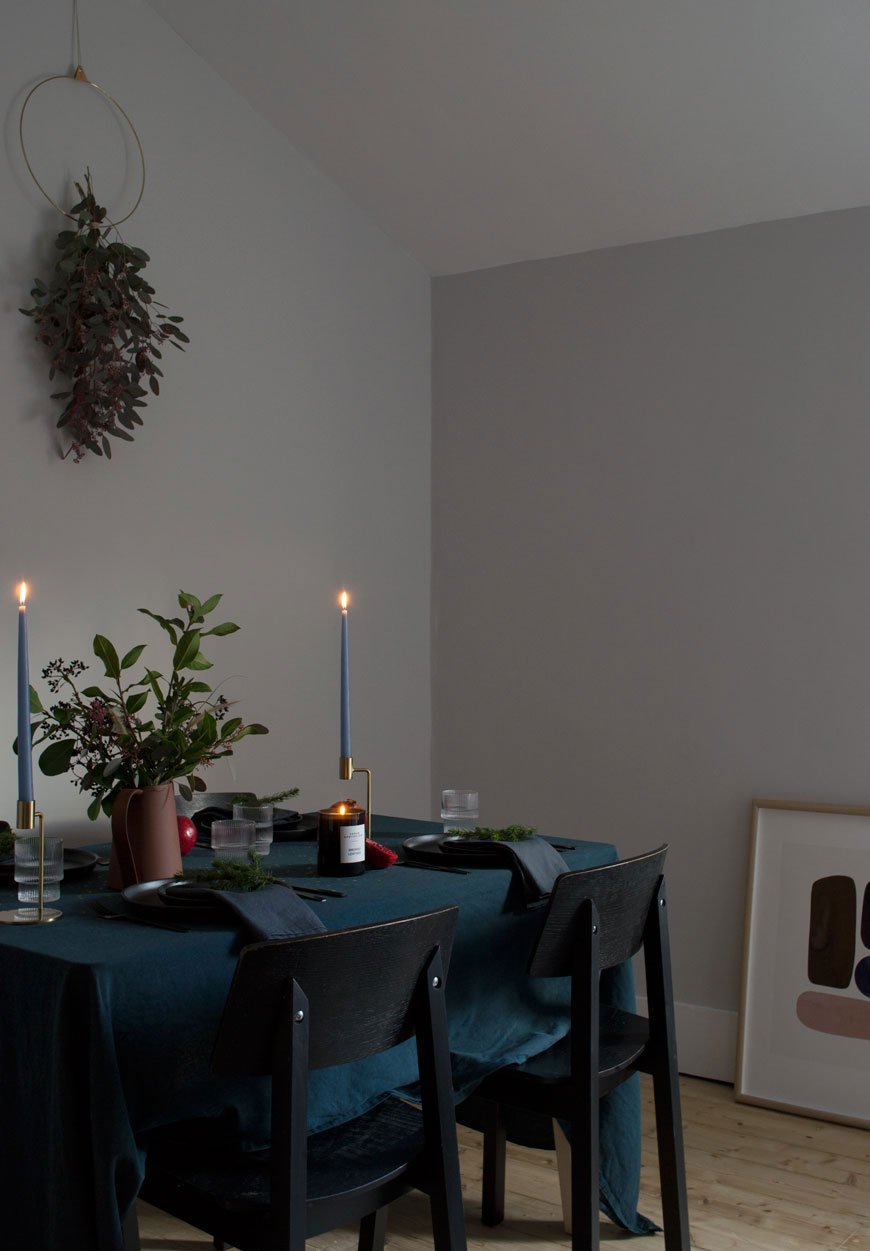 Which stylists inspire you? There's a handful that I always come back to for inspiration, all are very different with their approach. Lotta Agaton's contribution to Scandi design has had a huge impact on the way I look at my work. She uses monochromatic colour palettes (not just black and white) and has really put String shelving on the map again. Dietlind Wolf takes a similar approach to colour and tone but is more food and still-life focused, she has quite a painterly, free-form style. Hannah Franklin sets the standard for British design editorial from simple to elaborate sets, they're theatrical and breath-takingly genius. I also closely follow two French stylists, Aurelie Lecuyer, Benedicte Sartorio. They incorporate nature and natural shape but take it one step further, with muted block colour and a sense of playfulness. Check them out.What makes a good assistant?Make yourself invaluable. The stylist will have heaps on their mind from the get-go, so it's important to anticipate what they'll need and when. Ask how you can best support them at the beginning of the shoot and be organised. Know where everything is, from the props and furniture to the masking tape in the kit. You'll be the one making the tea, doing the lunch run and making sure everything is packed up ready for collection by the courier at the end so the stylist can focus on the nitty-gritty. All in all, don't make yourself another thing for the stylist to manage.
Which stylists inspire you? There's a handful that I always come back to for inspiration, all are very different with their approach. Lotta Agaton's contribution to Scandi design has had a huge impact on the way I look at my work. She uses monochromatic colour palettes (not just black and white) and has really put String shelving on the map again. Dietlind Wolf takes a similar approach to colour and tone but is more food and still-life focused, she has quite a painterly, free-form style. Hannah Franklin sets the standard for British design editorial from simple to elaborate sets, they're theatrical and breath-takingly genius. I also closely follow two French stylists, Aurelie Lecuyer, Benedicte Sartorio. They incorporate nature and natural shape but take it one step further, with muted block colour and a sense of playfulness. Check them out.What makes a good assistant?Make yourself invaluable. The stylist will have heaps on their mind from the get-go, so it's important to anticipate what they'll need and when. Ask how you can best support them at the beginning of the shoot and be organised. Know where everything is, from the props and furniture to the masking tape in the kit. You'll be the one making the tea, doing the lunch run and making sure everything is packed up ready for collection by the courier at the end so the stylist can focus on the nitty-gritty. All in all, don't make yourself another thing for the stylist to manage.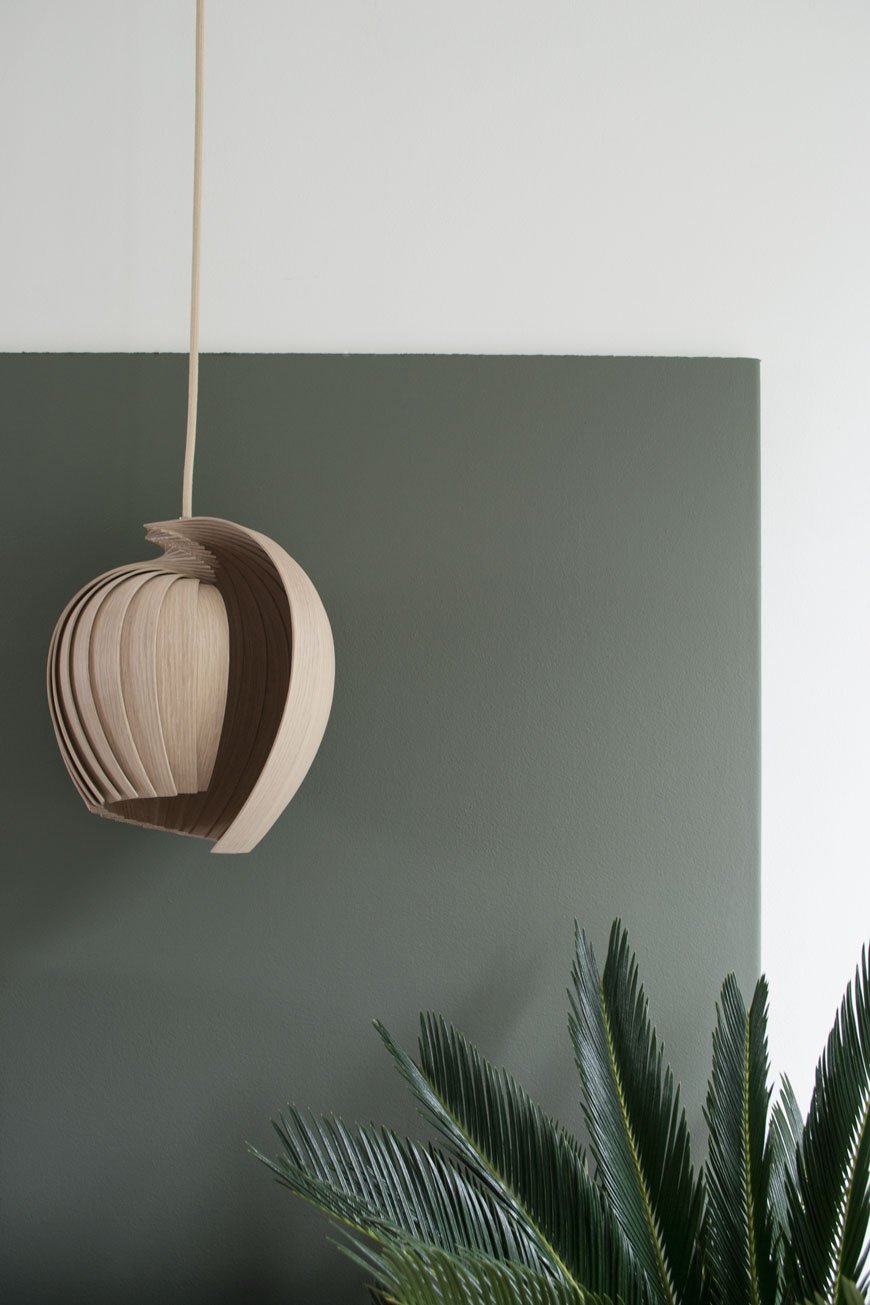 Can I assist you on your shoots?I rarely use assistants on my shoots as I'm used to working on my own. Much of my work is done here, from home, but on the odd occasion that I do need one I'll put in a request from a pool of assistants. It's worth joining Facebook networking groups like the one listed below to get to know the community and you'll glean some great advice and support too.There is literally SO much more to this topic, like how to establish yourself as a pro stylist once you're more confident, how to organise a shoot on your own etc. but there's plenty here to keep you going. And if you've got more questions, the following resources will have your back...Additional Resources:Inside Stylists - a new online resource, directory and all-around support system for new / wannabe and established stylist.Skillshare - there's a wealth of brilliant online classes in photography and styling here.Interior Stylists Facebook group - where the new Inside Stylists site began, worth joining for networking, picking up assisting job and for advice from professionals.
Can I assist you on your shoots?I rarely use assistants on my shoots as I'm used to working on my own. Much of my work is done here, from home, but on the odd occasion that I do need one I'll put in a request from a pool of assistants. It's worth joining Facebook networking groups like the one listed below to get to know the community and you'll glean some great advice and support too.There is literally SO much more to this topic, like how to establish yourself as a pro stylist once you're more confident, how to organise a shoot on your own etc. but there's plenty here to keep you going. And if you've got more questions, the following resources will have your back...Additional Resources:Inside Stylists - a new online resource, directory and all-around support system for new / wannabe and established stylist.Skillshare - there's a wealth of brilliant online classes in photography and styling here.Interior Stylists Facebook group - where the new Inside Stylists site began, worth joining for networking, picking up assisting job and for advice from professionals.